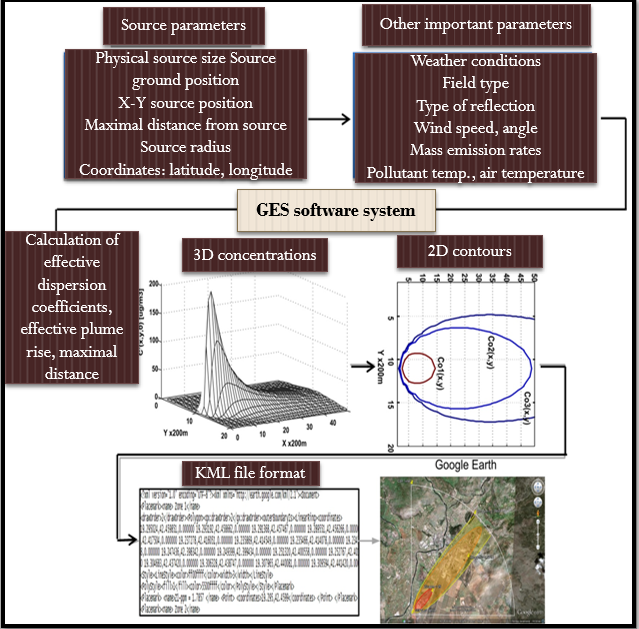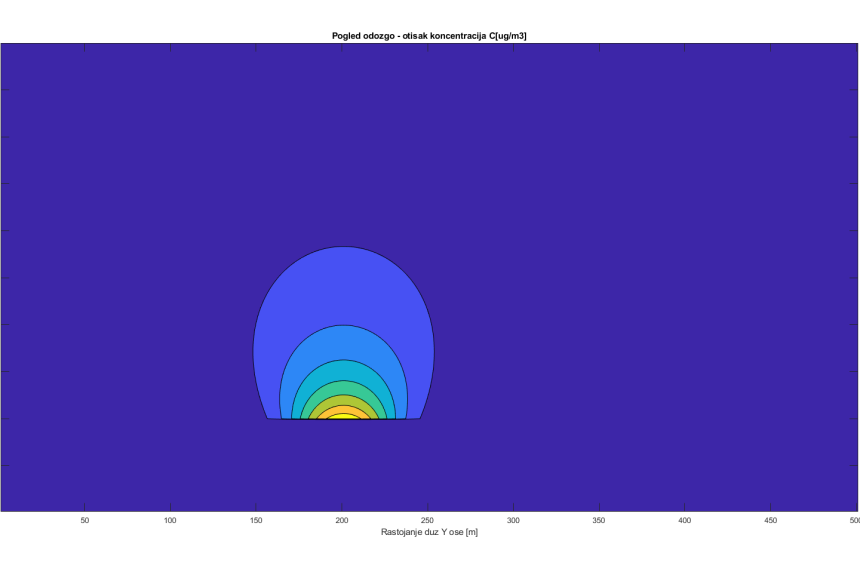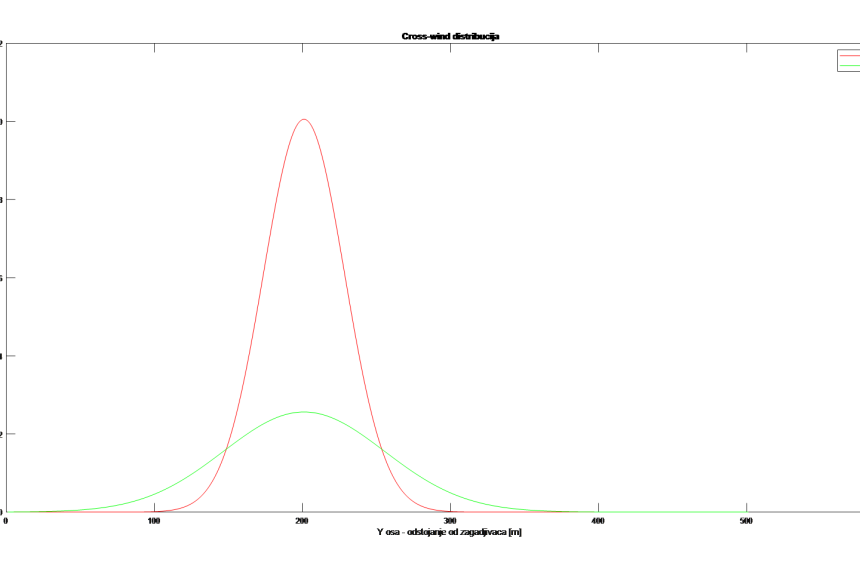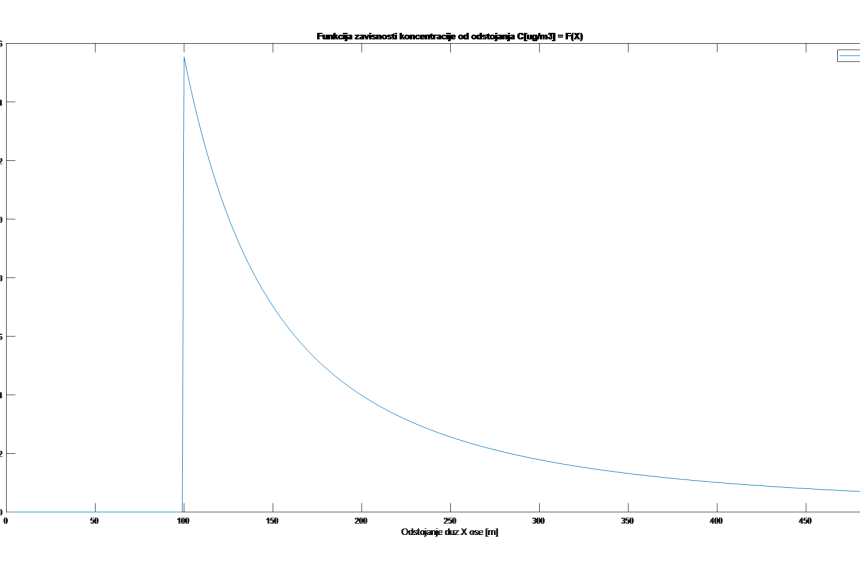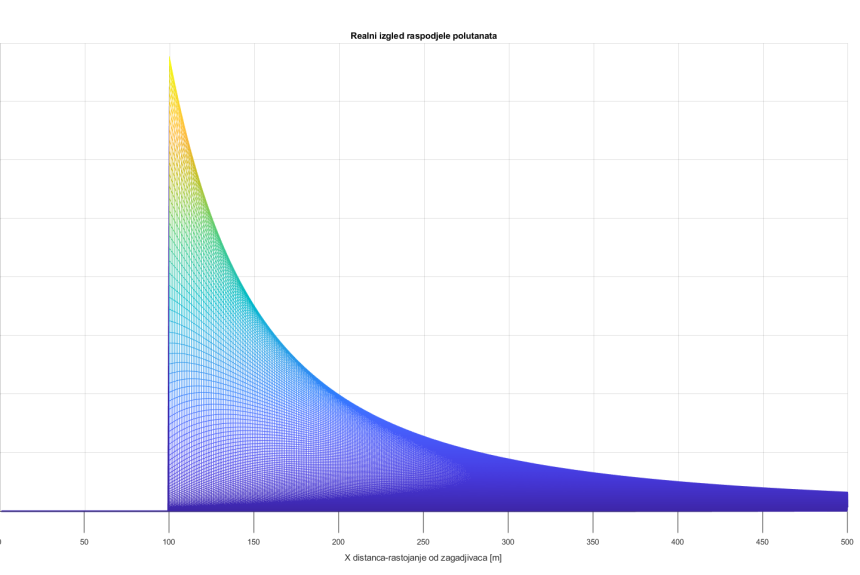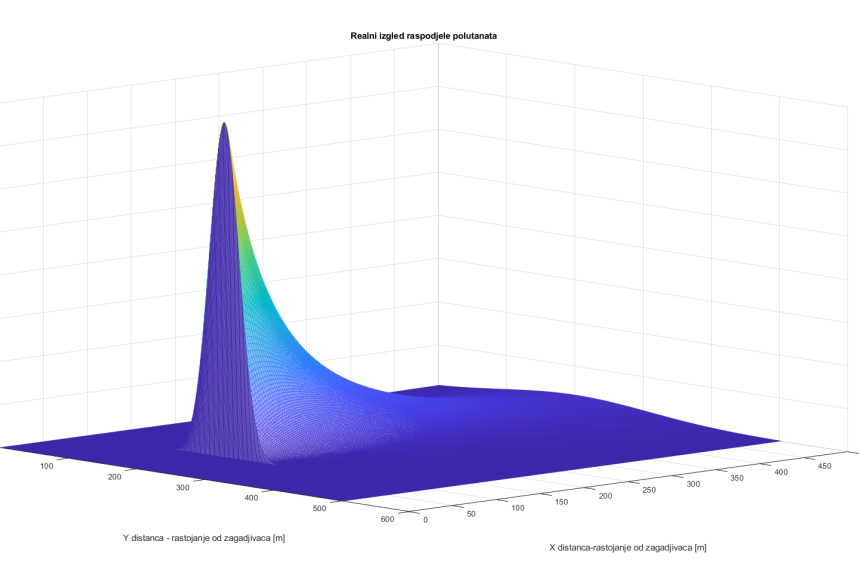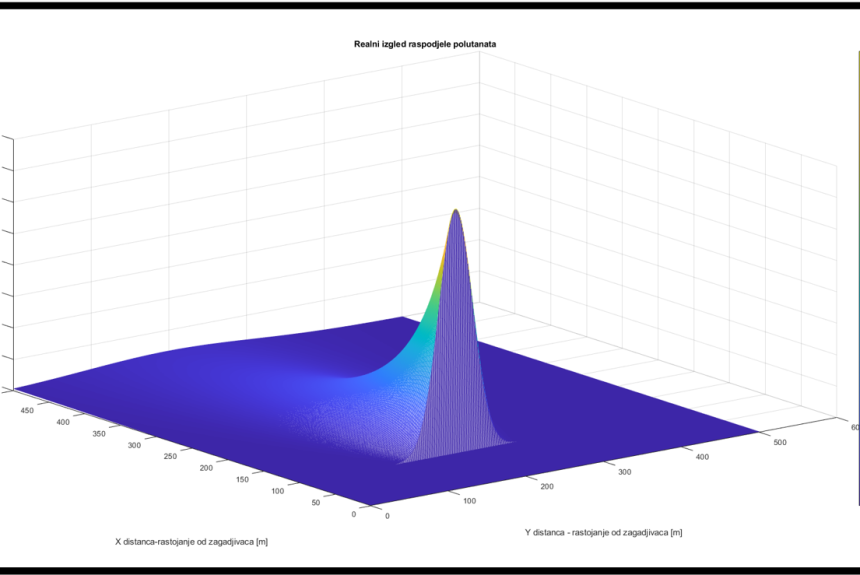Mathematical Modeling
When releasing toxic pollutants into the atmosphere, either accidentally or intentionally, the competent emergency services require prompt and relevant information on the area affected by the pollutants as well as possible expected consequences. The process itself is limited in time precisely because of the decision-making under extraordinary circumstances. This is especially true for urban areas where higher population density contributes to increasing the likelihood of consequences as well as complicating and further complicating the evacuation of the population.
During the simulations, in real time, many input parameters are taken into account. Decision-making is done on the basis of calculated danger zones. For the validation of such a system, Montenegro was selected with several potential industrial centers such as KAP and TPP Pljevlja, which are one of the largest air pollutants in this area.
Visualization of pollutants and accident situations
The GES team enables the visualization of pollutants and accident situations by applying the following mathematical models:
- Implementing mathematical equations with time as a parameter.
- General Gaussian equation with modifications
- Ermak equation with deposition and settling speeds
- Ermak’s modified solutions
- Lagrangian solutions
- Euler’s solutions
Better Accuracy
GES team models differ from existing models and give greater accuracy due to:
- Processing a large number of input variables within the system
- The effective height of the pollutants is calculated as the sum of the physical height of the source and the additional height of the smoke plume of the pollutants
- Use of effective values of dispersion coefficients (instead of basic / constant).
Various graphs displaying pollutant movement
The GES system can also provide the full range of necessary graphs to show the dependence of the movement of pollutants




